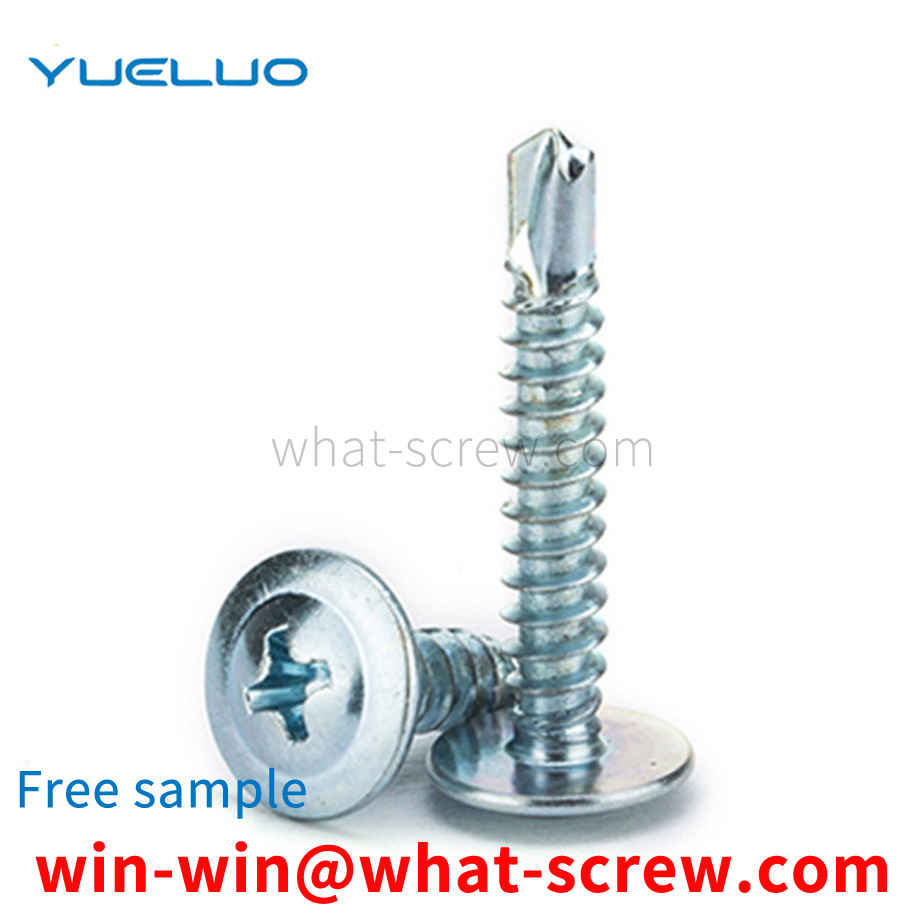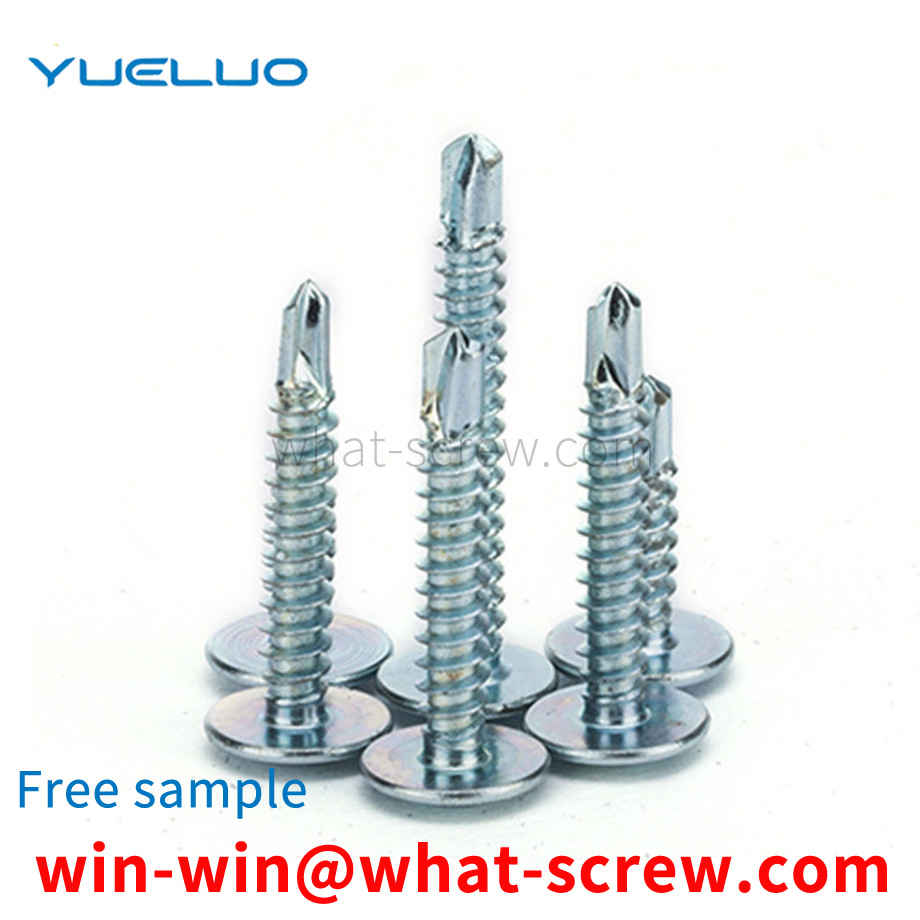In addition, the angle aluminum connection structure itself has structural defects of poor torsional and shear resistance, and many projects use larger insulating glass to meet the requirements of architects, resulting in a larger self-weight. In the event of a natural disaster such as an earthquake that will cause the curtain wall to shake violently, the bolts on the angle aluminum are prone to breakage, and the seismic performance is not good. Especially for the beam with the open structure, since the angle aluminum is installed in the opening cavity of the beam, the inertia moment of the beam is small, and the torsion resistance and shear resistance performance of the force are worse.
The drawing process has two purposes, one is to modify the size of the raw materials; the other is to obtain basic mechanical properties of the fasteners through deformation and strengthening. For medium carbon steel, medium carbon alloy steel also has another purpose, that is, to make the wire rod. The flaky cementite obtained after controlled cooling is cracked as much as possible during the drawing process to prepare for the subsequent spheroidization (softening) annealing to obtain granular cementite. However, some manufacturers arbitrarily reduce the drawing in order to reduce costs. The excessive reduction rate increases the work hardening tendency of the wire rod, which directly affects the cold heading performance of the wire rod. If the distribution of the reduction ratio of each pass is not appropriate, it will also cause torsional cracks in the wire rod during the drawing process. In addition, if the lubrication is not good during the drawing process, it can also cause regular transverse cracks in the cold drawn wire rod. The tangential direction of the wire rod and the wire drawing die is not concentric at the same time when the wire rod is rolled out of the die, which will cause the wear of the unilateral hole pattern of the wire drawing die to aggravate, make the inner hole out of round, and cause uneven drawing deformation in the circumferential direction of the wire. The roundness of the steel wire is out of tolerance, and the cross-sectional stress of the steel wire is not uniform during the cold heading process, which affects the cold heading pass rate. During the drawing process of the wire rod, the excessive surface reduction ratio will deteriorate the surface quality of the steel wire, while the too low surface reduction ratio is not conducive to the crushing of the flaky cementite, and it is difficult to obtain as much granular cementite as possible. , that is, the spheroidization rate of cementite is low, which is extremely unfavorable to the cold heading performance of the steel wire. For the bar and wire rod produced by the drawing method, the partial surface reduction rate is directly controlled within the range of 10%-15%.
With the advancement of technology in various industries, the current structural design of screws has evolved from just simple locking to focusing on work efficiency during the locking process and not destroying the integrity of the objects to be locked. The new cases such as No. 556784 screw improvement and No. 289414 screw that integrates locking, stability, labor-saving, fast and multi-function, which were previously designed and approved and published in the Central Taiwan Bulletin, are the main representatives of screws. It is clear that It is learned that the two cases not only fully improve the shortcomings of the traditional simple locking screws, but also achieve the purpose of substantial improvement of the screws designed in each case in actual use.
At present, the commonly used locking structure is a split pin (hereinafter referred to as a cotter pin type adjustment nut) or knocking the sheet on the adjustment nut into the steering knuckle groove (hereinafter referred to as a sheet type adjustment nut), these two structures are mainly used in single row Bearings are barely used in bearing units and hub bearing units. The former has a complicated structure and the cotter pin is easy to fall off; the latter requires workers to control the press-in force. Too much pressure can easily lead to the cracking of the sheet structure on the adjusting nut, and too little pressure can easily make the adjusting nut failure, and is impacted in the axial direction.
Materials and main equipment: 1.1 Bolts, nuts and washers shall be accompanied by quality certificates and shall comply with design requirements and national standards. 1.2 The high-strength bolts should be stored in categories according to their specifications, and should be protected from rain and moisture. Do not use if the bolts and nuts are not matched and the threads are damaged. If the bolts, nuts and washers are corroded, the tightening axial force should be sampled and used only after meeting the requirements. Bolts, etc. shall not be contaminated by soil or oil, and shall be kept clean and dry. It must be used in the same batch according to the batch number, and must not be mixed or mixed. 1.3 Main tools: electric torque wrench and controller, manual torque wrench, manual wrench, wire brush, tool bag, etc. 2 Operating conditions: 2.1 Friction surface treatment: The friction surface is treated by sandblasting, grinding wheel grinding and other methods, and the friction coefficient should meet the design requirements (a requirement is that the Q235 steel is above 0.45, and the 16 manganese steel is above 0.55). The friction surface wood is allowed to have residual iron oxide scale. The treated friction surface can generate red rust surface and then install the bolts (generally stored in the open air for about 10d). The sandblasted friction surface can be installed without rusting. When grinding with a grinding wheel, the grinding range is not less than 4 times the diameter of the bolt, the grinding direction is perpendicular to the direction of force, and the friction surface after grinding should be free of obvious unevenness. The friction surface should be prevented from being polluted by oil or paint. If polluted, it should be cleaned thoroughly. 2.2 Check the hole size of the bolt hole, the burrs on the edge of the hole must be removed. 2.3 The bolts, nuts and washers of the same batch number and specification should be packaged for use. 2.4 Electric wrenches and manual wrenches should be calibrated.
We have many years of experience in the production and sales of screws, nuts, flat washers, etc. The main products are: hexagonal concave head screws, production of A-grade carbon steel nuts, flat washer combination screws, Torx pan head screws and other products, we can provide you with The right fastener solution for you.



















 Service Hotline
Service Hotline




